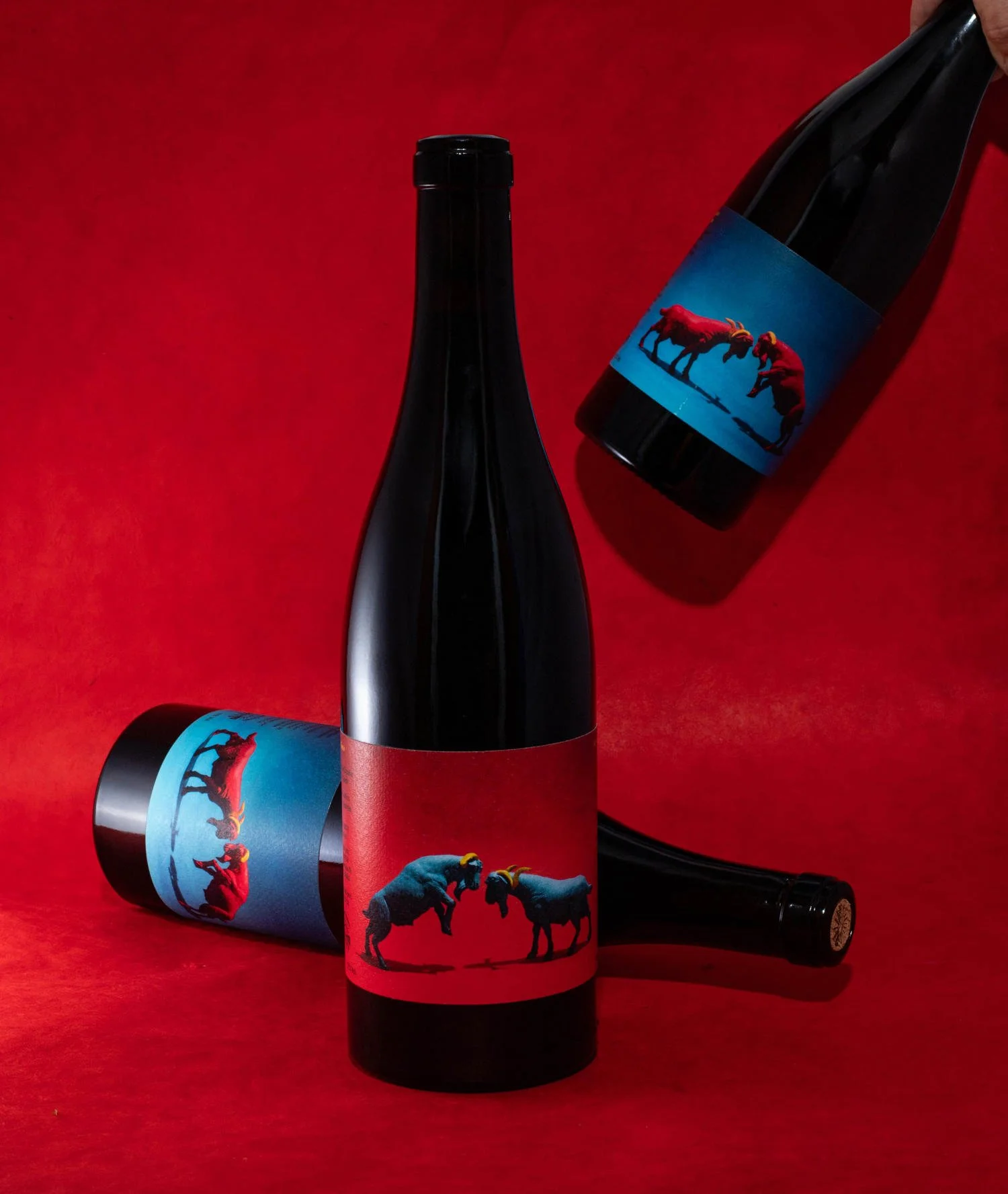Porfía Tinto 2024, Agrícola Calcárea
Bill Bolloten uncovers a refined, quieter side of Tintilla de Rota through Agrícola Calcárea’s Porfía Tinto 2024
Porfía Tinto 2024 (Agrícola Calcárea)
VT Cádiz
ABV: 12.5%
Variety: Tintilla de Rota
€19.90 from Bodeboca
This piece continues my exploration of wines made from the red Tintilla de Rota variety, highlighting producers across the Cádiz region.
Last month, I sampled the Corchuelo Tintilla from Bodegas Luis Pérez. Now, I shift attention to the work of winegrower Juan Jurado, who welcomed us for a memorable visit in May.
Tintilla is still very much a grape in the midst of rediscovery. Juan notes that it can be demanding—even temperamental and capricious—with low yields and a challenging vinification process. Yet he believes its potential is far from fully realised. “I don’t think the best Tintilla from the region has been made yet,” he says.
The striking label, created by artist and graphic designer Laura Millán, plays on an ongoing debate in Cádiz about whether truly good red wine can be made in the region. She depicts the heated exchanges of old-timers in a bar through two Payoya goats, a breed native to Cádiz, going head-to-head in a symbolic standoff.
The fruit for the Porfía Tinto 2024 comes from Pago Carrascal in Jerez de la Frontera, an area defined by its albariza soils. In 2024, the vineyard weathered an unusual season: a promising start followed by an uncharacteristically cool, windy summer that slowed ripening and created a more delicate, fine-boned wine.
The berries were harvested manually, fully destemmed and allowed to ferment slowly in stainless steel. Before the transformation was complete, the young wine was transferred to a vertical press, and then returned to tank to finish both alcoholic and malolactic fermentations at its own pace.
Ageing took place over several months in a single seasoned 500-litre French oak barrel, where a delicate layer of flor developed.
In the glass, the aromas suggest violets, cherry and blackberry, lifted by some subtle herbal notes. The palate is more restrained and leaner than the Luis Pérez Corchuelo, with a structure not defined by weight but by a supple firmness. A light savoury and saline thread carries through to the finish, while a gentle tartness adds freshness and brightens the fruit.
Lightly chilled, the wine showed itself as both delicious and effortlessly drinkable. As only 640 bottles were produced, Porfía Tinto 2024 is well worth seeking out while it’s still within reach.

